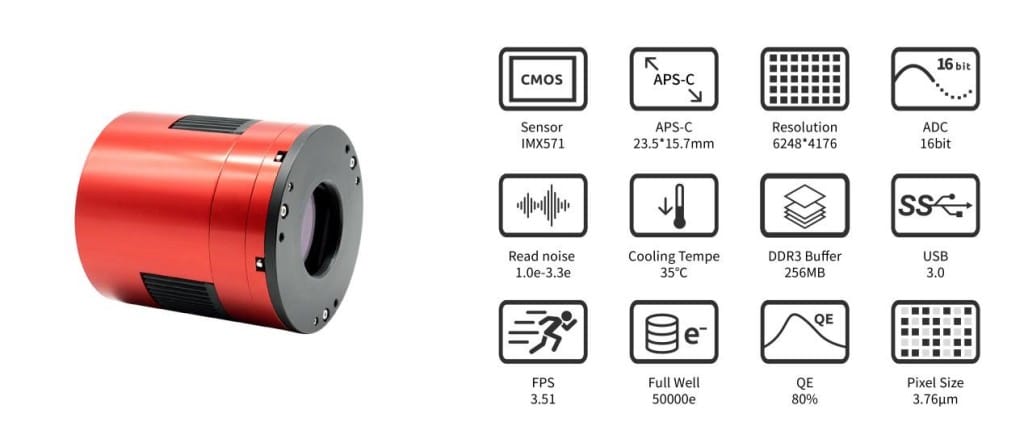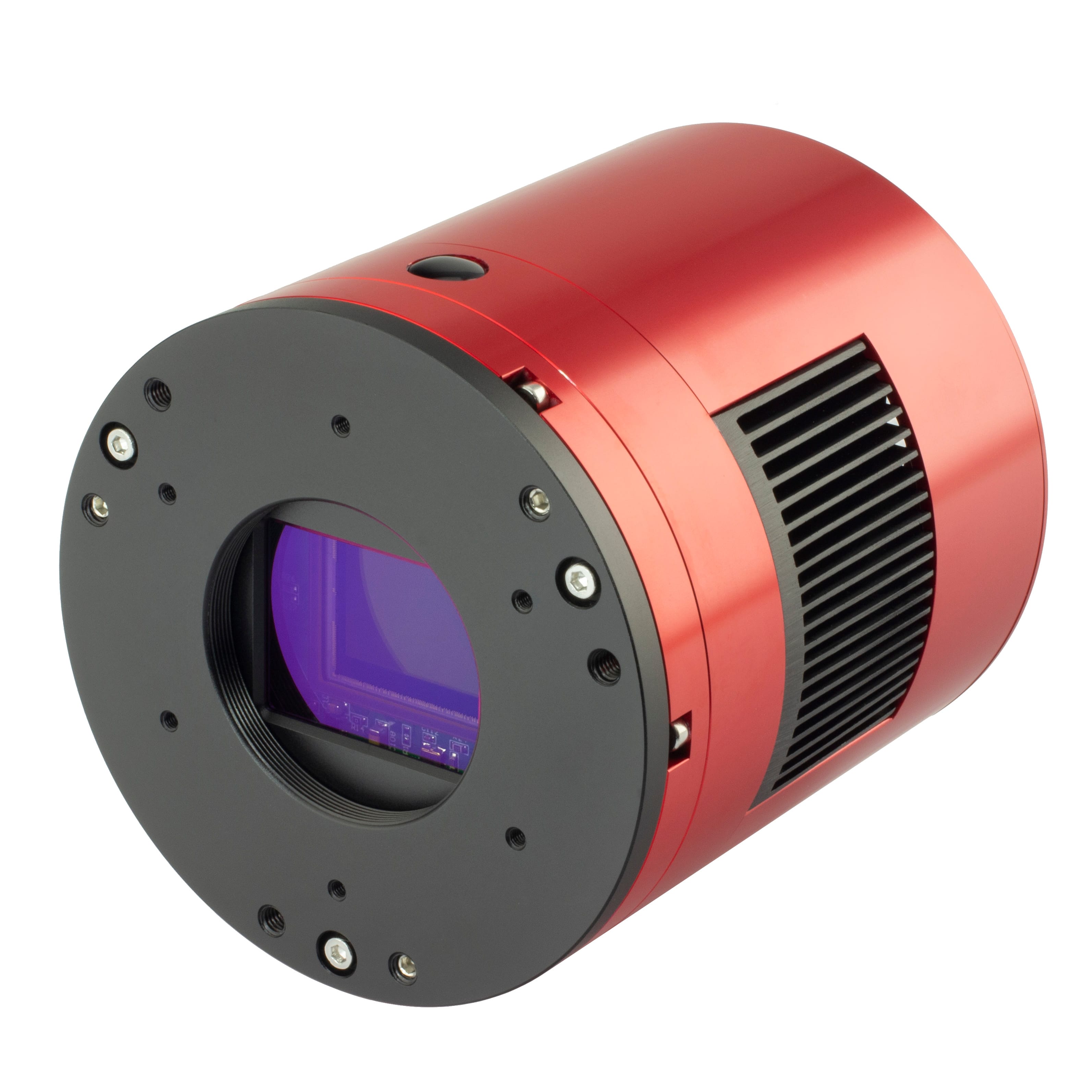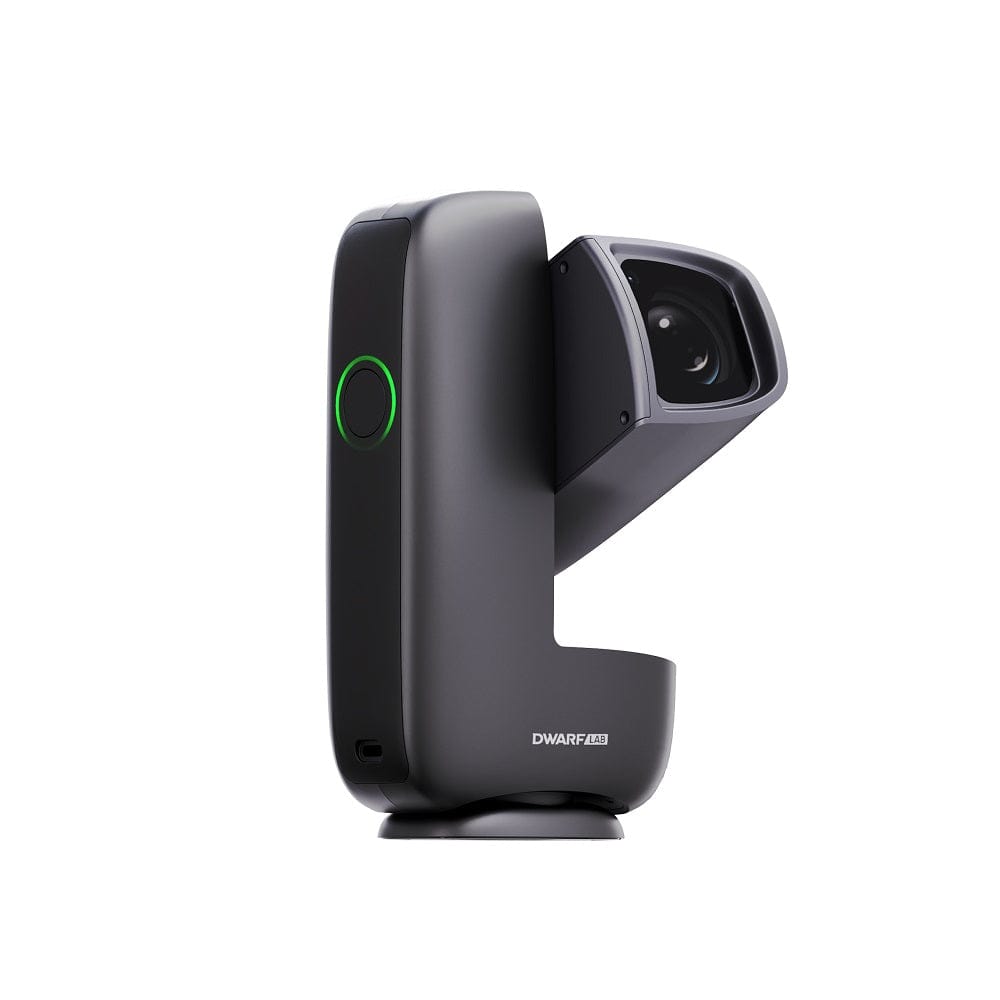Introduction and Key Features
The ZWO ASI2600 series, featuring both the ASI2600MC Pro (colour) and ASI2600MM Pro (monochrome) versions, are top contenders in the APS-C sensor class. These cameras are well-suited for astrophotographers looking for high sensitivity, low noise, and broad compatibility. Both models offer a 16-bit ADC, extensive dynamic range, and impressive cooling capabilities. The choice between colour and monochrome largely depends on whether you prioritize ease of use or the flexibility that filters bring.

Sensor and Image Quality
Both cameras in the ASI2600 line-up feature a 26-megapixel APS-C sensor with a diagonal of 28.3mm, which balances resolution with sensitivity. The 16-bit ADC is a significant advantage, providing smoother gradients and reducing the risk of clipping. For those who want vivid colour images without the complexity of filters, the MC Pro is a solid choice. The MM Pro, on the other hand, is ideal for monochrome imaging, offering finer control over colour channels when paired with filters, giving you ultimate flexibility in post-processing.
Cooling and Performance
Cooling is a strong suit for the ASI2600 series, with both models featuring a two-stage TEC cooling system that reaches temperatures as low as -35°C below ambient. This feature significantly reduces thermal noise, particularly during long exposures. Both cameras are equipped with anti-dew heaters to keep the sensor dry, which is a great touch for those working in humid environments. The cooling performance, combined with low read noise, makes these cameras reliable for capturing faint details in deep-sky objects, even in challenging conditions.
Build Quality and Connectivity
Both cameras are compact and weigh around 0.7 kg, making them easy to integrate into most setups without stressing mounts. The build is solid, with an aluminium body that’s both lightweight and durable. Connectivity is straightforward, with a USB 3.0 port for fast data transfer, and they also include USB 2.0 hubs to simplify cabling. You’ll find a standard 12V DC power input for the cooling system. The ASI2600 cameras also come with adapters for various telescope types, ensuring compatibility with a wide range of optical systems.
Field Performance and Practical Tips
In the field, both cameras offer exceptional performance. The MC Pro is perfect for quick setups and those who prefer the simplicity of a one-shot colour camera. It’s ideal for wide-field imaging and can produce vibrant images with minimal effort. The MM Pro is the go-to for advanced users who want to push the limits of their imaging. It works well with narrowband filters, allowing you to capture stunning images even from light-polluted areas. Users of the MM Pro will benefit from experimenting with gain and offset settings for different conditions, as these settings are adjustable and can further reduce noise.
See more images on AstroBin
Strengths and Limitations
The ASI2600MC and MM Pro are powerhouse cameras with high sensitivity, a wide dynamic range, and robust cooling. Their low read noise and 16-bit depth make them excellent choices for deep-sky astrophotography. However, one drawback is that the MM Pro requires additional investment in filters and a filter wheel (in some cases exceeding the price of the camera!), which adds complexity and cost to the setup. Additionally, while the APS-C sensor size offers a good balance, those seeking full-frame coverage will need to look elsewhere. That said, both models provide outstanding value for astrophotographers looking to upgrade their setups with a camera that delivers high-quality results across various conditions.
In summary, the ASI2600 series offers versatility and performance, catering to both casual and dedicated astrophotographers. If you’re looking to capture stunning deep-sky images with minimal fuss, the ASI2600MC Pro is a fantastic choice. For those willing to invest in a monochrome setup, the ASI2600MM Pro opens up even more possibilities for detailed and vibrant imaging.





